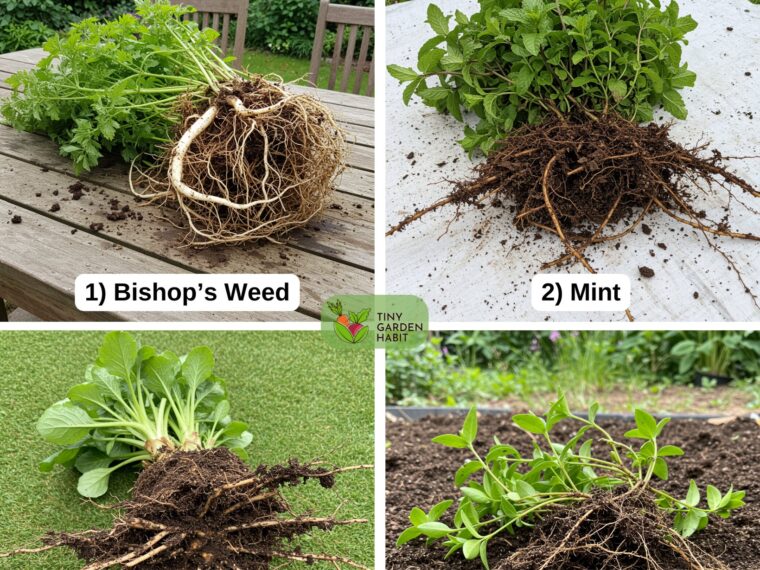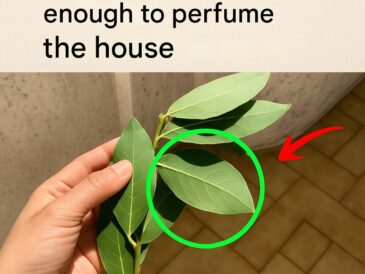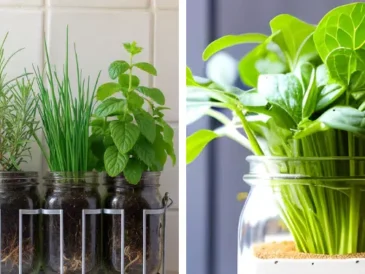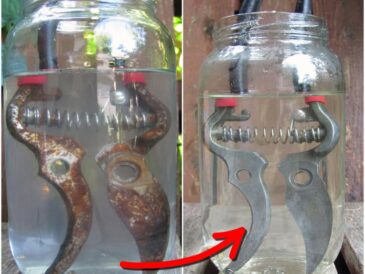5: Obedient Plant (Physostegia Virginiana)

Yeah…you can say the name is quite iconic as it’s probably the least obedient perennial out there. It spreads rapidly and becomes very hard to control once its growth begins.
- Opt for Coneflower instead of the obedient plant if you’re planning your garden. This perennial still spreads, but not as rapidly, and it attracts bees and butterflies like crazy!
6: Periwinkle (Vinca Minor)

Despite the wholesome and sweet-sounding name, periwinkles can actually be quite troublesome in the garden. They’re commonly used as ground cover, but they tend to smother other plants when they grow and are super hard to remove.
- Creeping Phlox is a much better alternative to periwinkles. It’s a non-invasive plant, perfect for ground cover with a low spreading habit.
7: Japanese Knotweed (Fallopia Japonica)

I remember talking about Japanese Knotweed in one of my articles, but I don’t recall telling you guys how damaging it can be. It’s definitely one of the most destructive invasive perennials out there, as it can damage structures and take years to eliminate.
- Joe-Pye weed is a much better perennial option that’s tall, beautiful, and supports pollinators without totally destroying your garden.
8: Tansy (Tanacetum Vulgare)

Although tansies offer round, vibrant blooms that look quite aesthetically pleasing in the garden, the problem is that they can be invasive and toxic to pets and livestock.
- Coreopsis are non-invasive and drought-tolerant, making them a substantially better choice for an average garden.
9: Yellow Archangel (Lamiastrum Galeobdolon)

Although yellow archangels look extremely pretty in shade gardens, they spread aggressively and are considerably hard to contain once they’re in their growth phase.
- Replace yellow archangels with foamflowers as they offer a similar visual appeal, but thankfully stay where you plant them.
Conclusion

Now that you have a good understanding of how certain perennials damage your garden while appearing like they’re “improving” it, it’s up to you to decide what you want to do about them.
You can either remove them and let your other plants grow in peace or plant alternatives that add to the harmony of your garden instead of taking away from it. Either way works.




